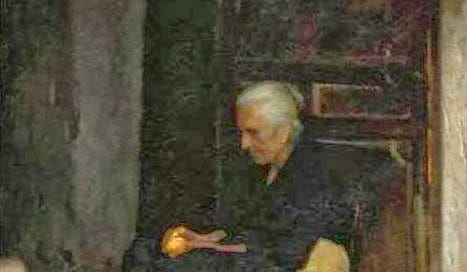Many of you already know about the concept of notan, but for those who not heard of it, it is a word and concept borrowed from Japanese.
Edward Simmons Old Woman Peeling an Orange. Simmons connects the woman's dark shawl to the door and the wall behind her, giving her head and hands more importance.
What is Notan?
The term refers to the balance and inter…
Keep reading with a 7-day free trial
Subscribe to Paint Here to keep reading this post and get 7 days of free access to the full post archives.





